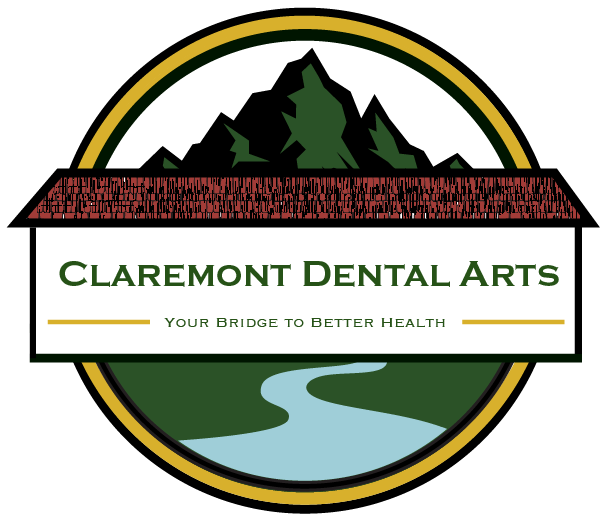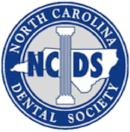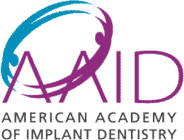
Tooth extraction can be uncomfortable, but it may also be a big step in helping your smile look and feel its best. Every tooth extraction makes way for something better and gives you a chance to improve your overall oral health and appearance. That having been said, tooth extractions require quite a bit of care before, during, and after the procedure. While your dentist can explain the best way to care for your own oral health following a tooth extraction, there are some basic guidelines everyone should follow, including what to eat after tooth extraction. So what’s the best way to eat after you’ve had a tooth removed?
How to Eat After a Tooth Extraction
Following a tooth extraction, occasionally also called a tooth removal, how you eat is as important as what you eat. In general, you should try to chew on the opposite side of your mouth from the extraction, to avoid further damage or aggravation to the extraction site itself. And while you may be consuming more liquids or even an entirely liquid diet in the wake of an extraction, you should avoid using a straw. The suction involved can damage the site of the extraction and lead to complications. This applies to anything involving suction, so smoking, sipping, or sucking on hard candy is out of the question.
What to Eat When You’ve Had a Tooth Extraction
So what can you eat following a tooth extraction? Your dentist will explain in greater detail what they recommend, but here are some basic rules to follow:
- Liquids are key following a tooth extraction. Your body will need hydration, and the right liquids can add nutrition and flavor to the soft-food diet that comes with having a tooth removed. Just make sure to avoid any of the problem drinks we outline below.
- Sticking with soft foods following a tooth extraction is generally advisable. Jello, yogurt, ice cream, and applesauce are good ideas for the first day or two–they’re soft, easy to chew, and their cool temperature has a calming effect on the extraction site. After a day or two, you can move to foods like mashed potatoes and eggs, which may be a little easier once the site heals a bit.
- Avoid any crunch or sticky foods in the wake of a tooth extraction, including ice cream with chewy or crunchy bits of candy or nuts. Anything with nuts, seeds, crunchy bits, caramel, or other chew/crunchy substances presents the potential to damage or irritate your extraction site. This includes healthy foods like carrots and apples, which have plenty of crunch. Save those treats for when you’ve recovered.
- Likewise, any spice or acidic foods are to be avoided, as they can lead to irritation and slow the healing process. Hot sauce, spicy soups, citrus juices or fruits, and the like are all a bad idea after an extraction, so like crunchy or sticky foods they’re best saved for when you’ve recovered.
Now that you know what to eat–and what to avoid–following your tooth extraction, what else can you do to help your body recover? In general, you should take it easy, allowing your body time to rest and heal, and avoiding any strenuous or prolonged activities. Try to keep talking to a minimum, as letting your mouth rest will speed healing. Ice packs on the side of the face where the extraction occurred may help reduce pain and swelling. If bleeding occurs or the pain becomes severe, contact us immediately.
Like we said at the start, any tooth extraction makes room for something better. By giving your mouth the care it needs following an extraction, you’ll start on the road towards an even better smile.




